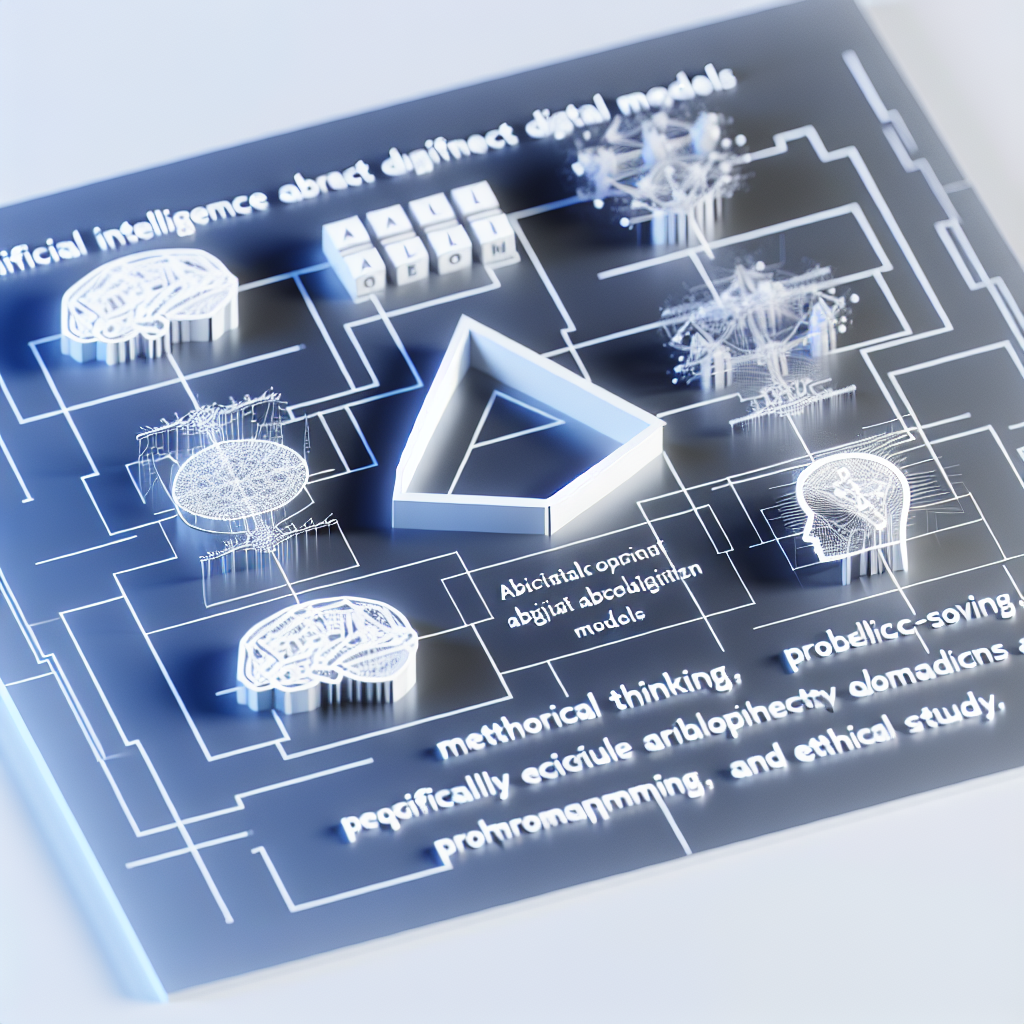OpenAI’s O1 Models: A Leap in AI Reasoning, Safety, and STEM Performance

"OpenAI’s o1 model, particularly the o1-preview variant, shows improved resilience against such attacks, scoring higher in security tests."?12:0†source?
OpenAI Unveils O1 - 10 Key Facts About Its Advanced AI Models
Analyzing OpenAI's O1 Models: A Leap in AI Capabilities
OpenAI’s latest release, the o1 series, marks a profound step forward in artificial intelligence, with models designed to excel in complex reasoning and problem-solving tasks. The o1-preview and o1-mini variants reflect strategic choices in balancing performance and cost-efficiency, catering to diverse needs, particularly in STEM fields.
Innovative Chain-of-Thought Reasoning
The o1 models employ a chain-of-thought reasoning approach, a significant departure from traditional models. This method enhances the models' logical progression, ensuring accuracy in multi-step problems. By embedding this structured reasoning into the architecture, OpenAI advances AI’s capabilities in fields like mathematics and programming, where step-by-step logic is crucial.
Emphasis on Safety and Ethical Deployment
OpenAI’s commitment to safety is evident in the advanced mechanisms embedded in the o1 models. The robust performance against jailbreak attempts and unethical output reflects a thoughtful approach to AI deployment. These models underwent rigorous external evaluations, including red teaming, to identify and mitigate vulnerabilities, underscoring OpenAI's dedication to producing secure and ethically aligned AI.
Performance Metrics and Real-World Relevance
Ranking in the 89th percentile on Codeforces and among the top 500 in the USA Math Olympiad signifies the o1 models' superior capabilities. While these benchmarks provide strong evidence of performance, additional real-world applications would further validate their practical utility. The diverse training datasets enhance the models' adaptability across various domains, bolstering their conversational and reasoning skills.
Addressing AI Hallucinations
Reducing hallucination rates, where models generate false information, is a significant advancement with the o1 series. The deliberate, step-by-step reasoning minimizes errors, ensuring more reliable outputs. This development is crucial for applications requiring high accuracy, such as educational tools and professional development resources.
Conclusion
OpenAI’s o1 models highlight a forward-thinking approach, blending advanced reasoning capabilities with robust safety measures. By addressing ethical considerations and enhancing practical performance, these models empower users and developers, paving the way for innovative and secure AI applications. However, ongoing validation through empirical data and real-world applications will further strengthen their standing in the AI landscape.
